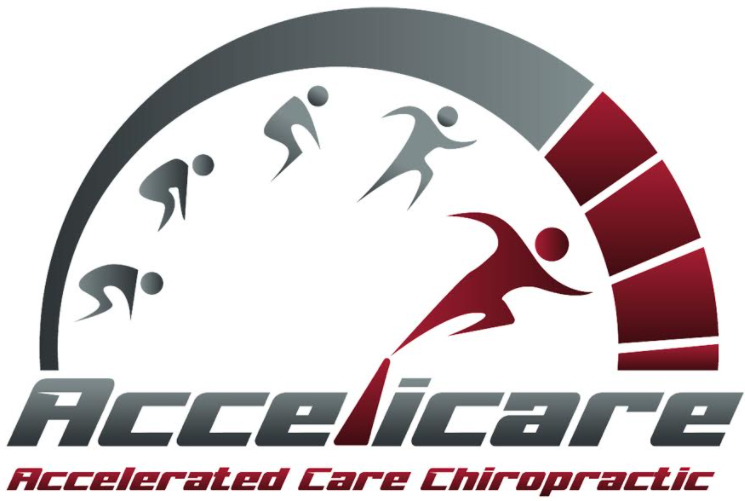Procedures
If you want to enjoy your favorite activities but struggle with pain, poor flexibility, or a feeling that something is ‘off,’ we can help. Relief from pain is just the beginning: we want to help you achieve and then surpass every health and fitness goal that YOU set to experience at a higher quality of life.
